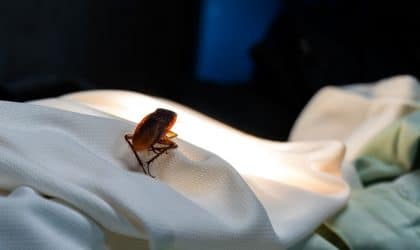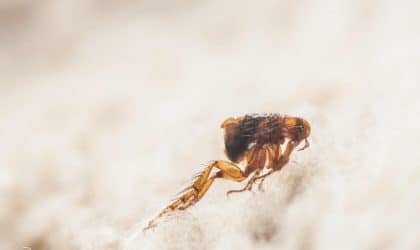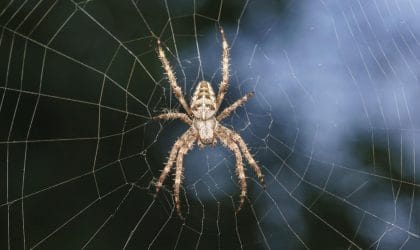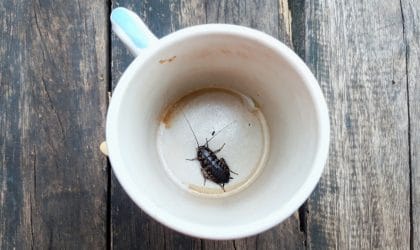What Eats Bed Bugs? Spiders? Roaches? Other Natural Predators?
Trying to figure out if bed bugs have any natural predators to keep around your home to ward off any potential infestation? Believe it or not, there's actually a few common predators. But whether or not you want to keep them in, or near your home is another story. But, it's a good indicator that you do in fact HAVE a bed bug infestation if you see these insects around. Let's take a look at their most common natural predators, and a couple that aren't.
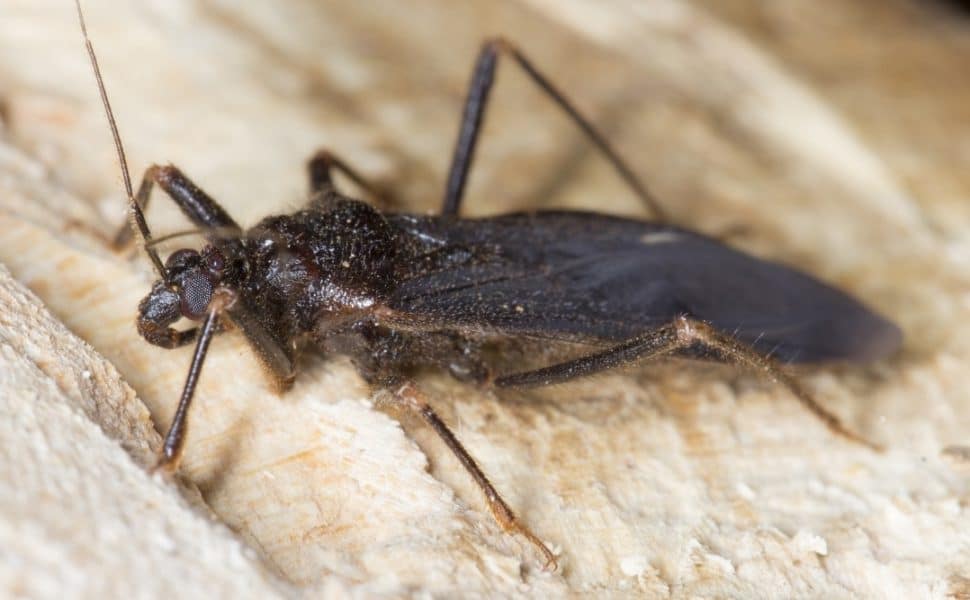
Bed bugs are a huge problem. Oftentimes, many homeowners don’t know they have an infestation until it’s too late. But what some people suffering from this problem may also not understand, is that bed bugs have some natural predators. If you are wondering what eats bed bugs, you’ll be happy to know there are several common insects that do. Seeing these bugs around your home may indicate a bed bug infestation.
Bed Bugs were once nearly extinct from the North American region. But in the last few decades, they’ve resurfaced with a vengeance. You may assume that these pests are commonly found mostly in beds or other furniture, that’s simply not the case. These insects can be found anywhere from schools to shopping centers, and everything in between.
So what insects actually eat these common household pests? If you find yourself dealing with an infestation, let’s take a look at some common insects you may not want to exterminate.
Signs of Infestation
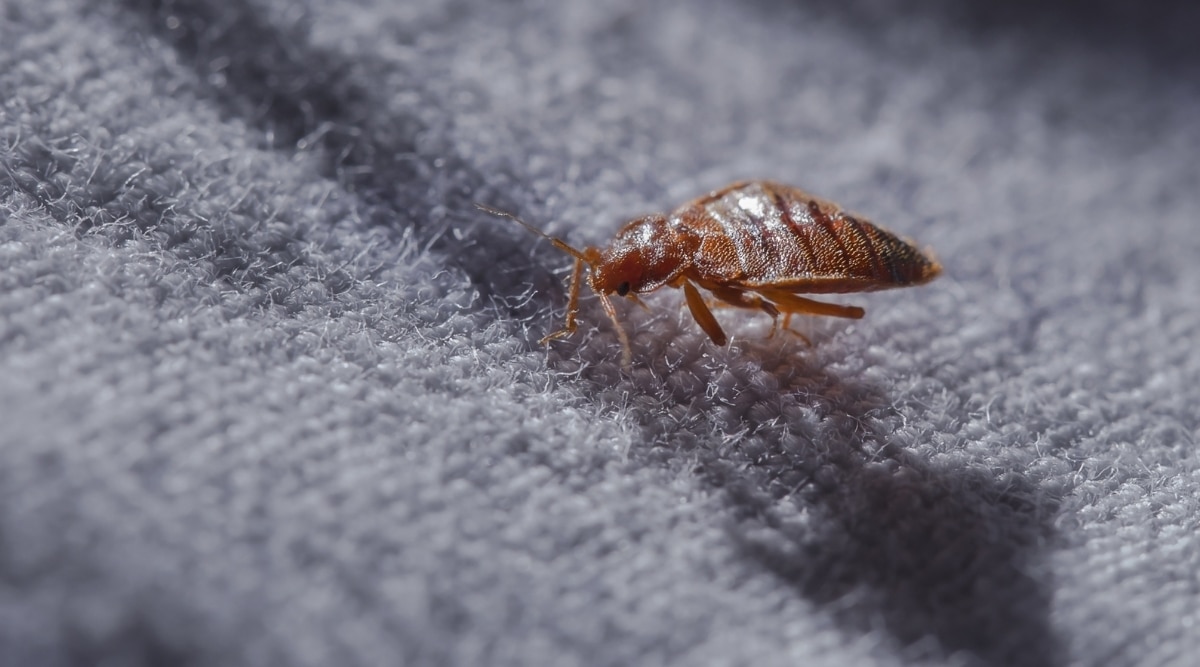
You may not even be aware that your home or place of business is infested with bed bugs. We know what attracts them, and there are signs they will display during an infestation. But they aren’t always noticeable if present. These are a few of the more common signs and possible symptoms of an infestation and what they could mean to you as a homeowner or patron.
Left Over Skin After Molting
These can be found in or around the infested areas. Typically this would be under couch cushions, in between the mattress and box spring, or any other area these pests have made their home. If these exoskeletons are present, you definitely have an infestation on your hands.
Rusty Colored Spotting
This would be from the excrement of the bed bugs. Because they feed on human blood, their waste is tainted with a rusty color. Where there is waste, there is a thriving community.
Musty Odor With a Sweet Smell
If you begin to notice a musty odor with a little sweeter smell. This indicates the bed bugs are present in the room you are in. Determining there is a problem with this symptom only can be difficult. Several other issues could be masked using this symptom.
Live bed bugs in the creases and crevices of your bed or furniture. You may notice them when you move things around to clean or flip the mattress. If there are several present, there are more hiding and thriving nearby.
Bug Bites
It’s possible you’ll see bites on your body if you have an infestation. Make sure it’s actually a bed bug and not hives, or an allergy.
Now you may have noticed something may have preyed on the bed bugs when you find pieces of them amongst the live ones. If you’re wondering what can eat them, there isn’t really a clear answer. Several other household pests will feast on them while others will pass them over and move on with what they are doing.
Bed Bug Predators
So what eats bed bugs? The following insects actually prey on these pesky and annoying pests and can be found near infestations. Let’s take a look at some common bugs that may or may not be beneficial to have around your home, and if it can help prevent or limit your infestation.
Spiders
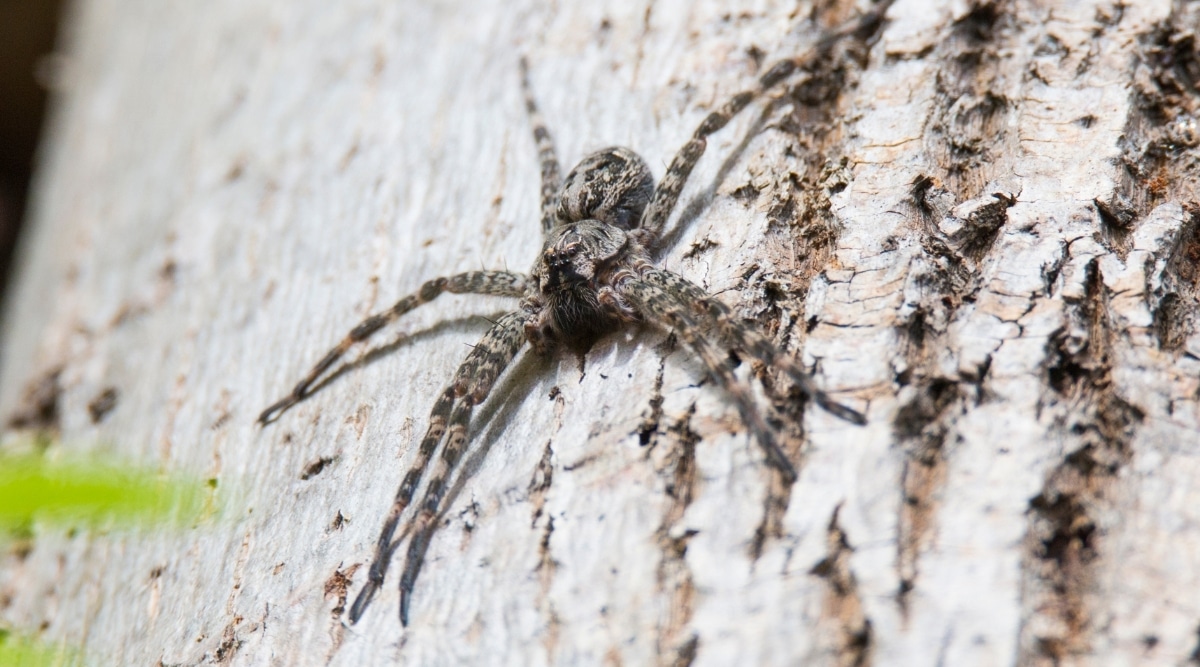
In a home at any given time there are several different species of spiders. They are one of the most common insects people find in their house. While some may complain about them, there are benefits to keeping them around.
Spiders will definitely eat bed bugs. While nobody wants spiders in their bed, they are natural predators and mostly feed on other insects. If you have an infestation, you may begin to notice more spiders in your home around the infested areas.
Cockroaches
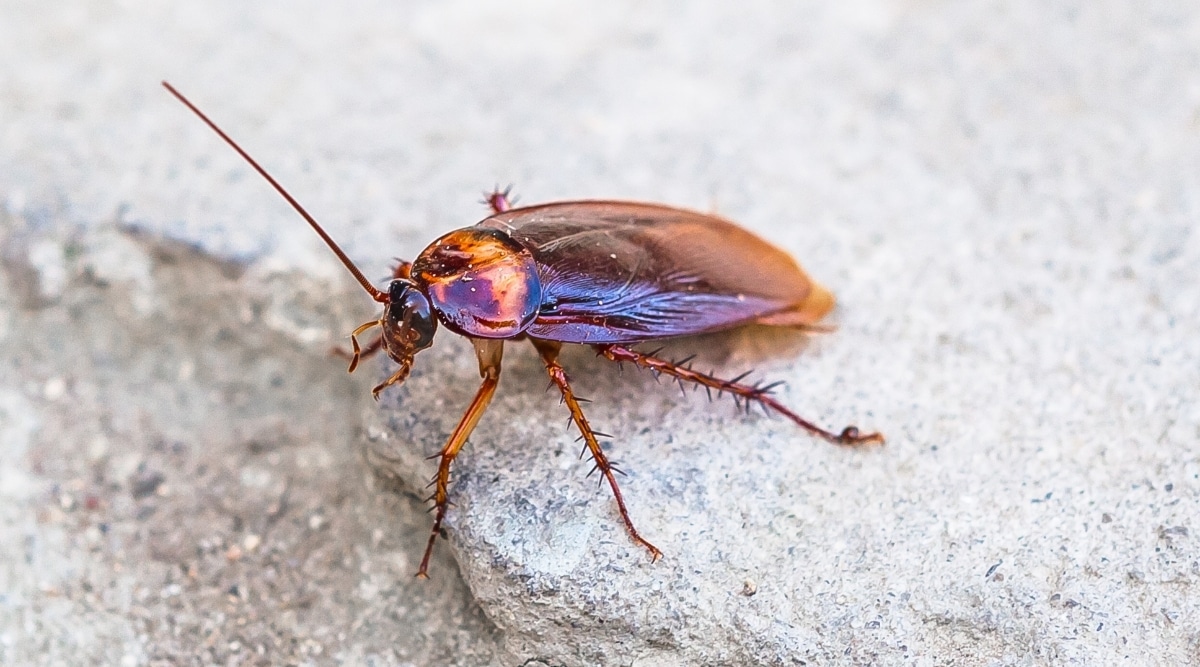
Cockroaches are one of the biggest pests homeowners and renters deal with. If a neighbor is infested, the cockroaches can easily transfer to your home if the walls are connected in any way.
While these insects usually eat food or scraps that are left out or in cabinets, they have been known to also feast on bed bugs. If you find a cockroach in your home and think you may have an infestation, your instinct is probably correct. Tracking where these pests are hanging out can lead you to where the bed bugs are.
Centipedes
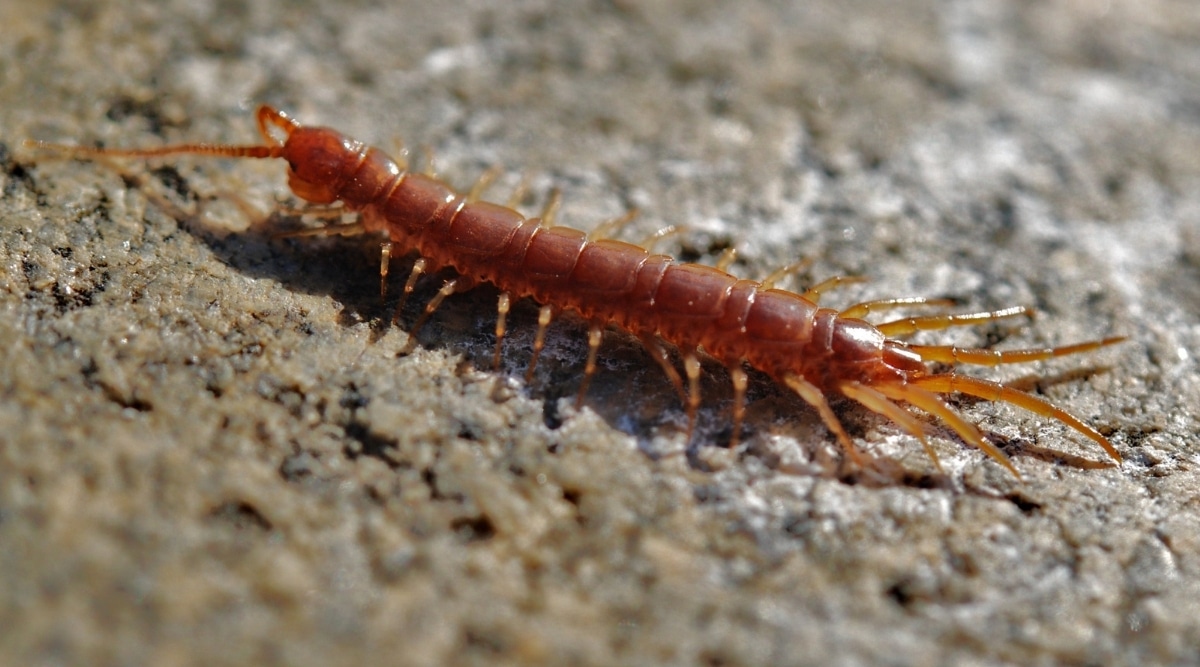
Centipedes prey on almost all household pests. From bed bugs to spiders, these ugly insects feast on it all. If you are noticing an alarming amount of centipedes in your home, you may want to investigate further. They are attracted to most of the same hiding places that attract other insects as well.
These insects move around a lot during the night, but are often present in the daylight if there is something to eat. Make sure you are tracking their movements because it will lead you to a possibly bigger issue like an infestation.
Ants
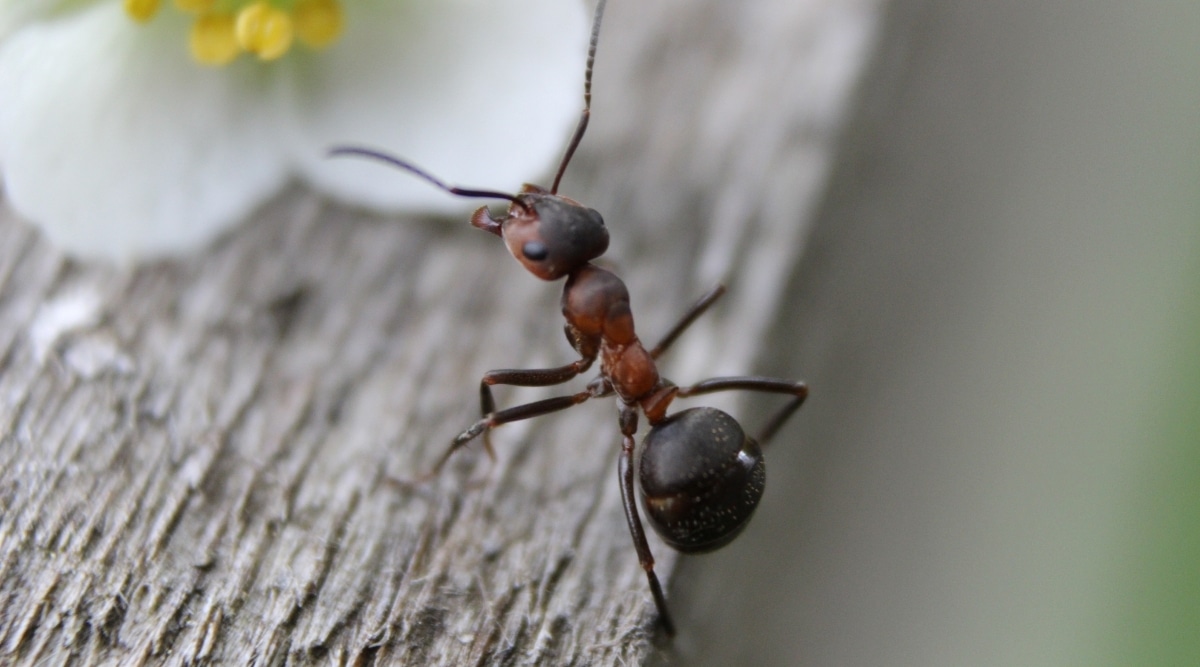
Ants can eat pretty much any insect, including bed bugs. Having a colony of ants in your bedroom probably isn’t ideal. In fact, you are probably more likely to get bitten by an ant if your bed bug infestation isn’t out of control.
However, we need to include ants here because, yes, they will eat these pests in theory. Certain types of ants will be more likely to eat them than others, but they will also be more likely to bite you. Fire ants are particularly dangerous to humans, with some experiencing allergic reactions once bitten.
Moths
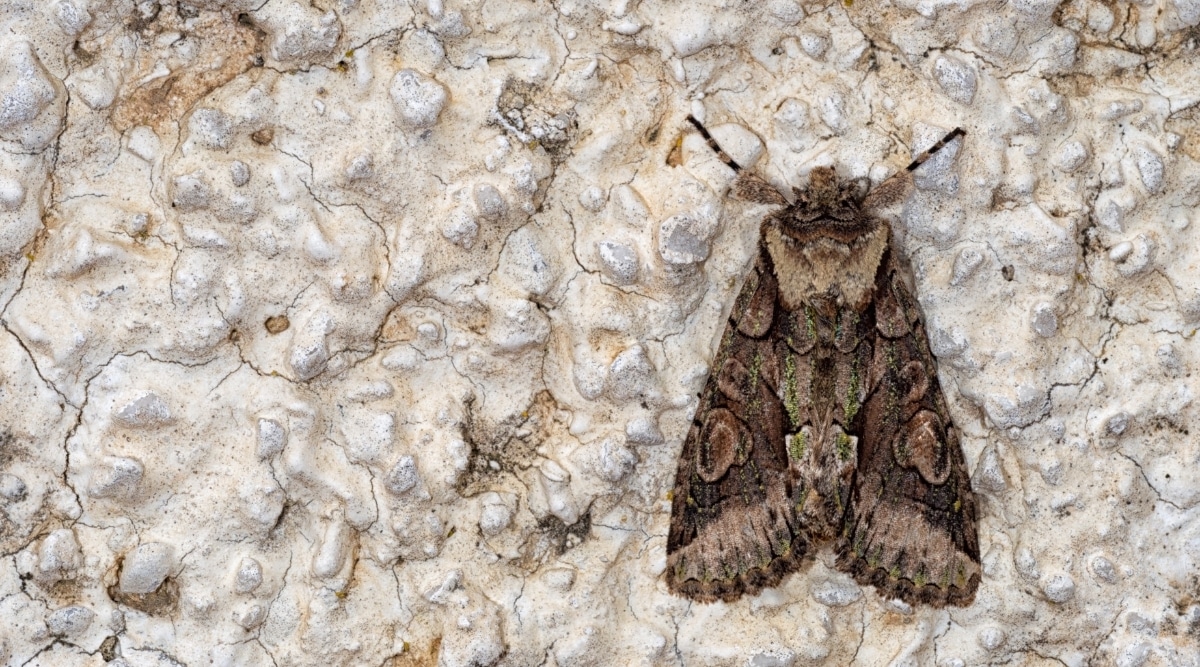
Yes, moths (Pyralidae: Lepidoptrera) do actually eat bed bugs, but not at larvae stages. Most homes across the world have a few moths around the home, and they do little damage except to your clothes stored in your closet. If you see moths flocking to your furniture or bed, you may have an infestation.
Moths will prefer to consume the eggs or larvae, rather than the bugs themselves. So, if you see a moth fluttering around an area of a potential infestation, don’t get rid of the moth right away, and it may be time to call an exterminator.
Lizards
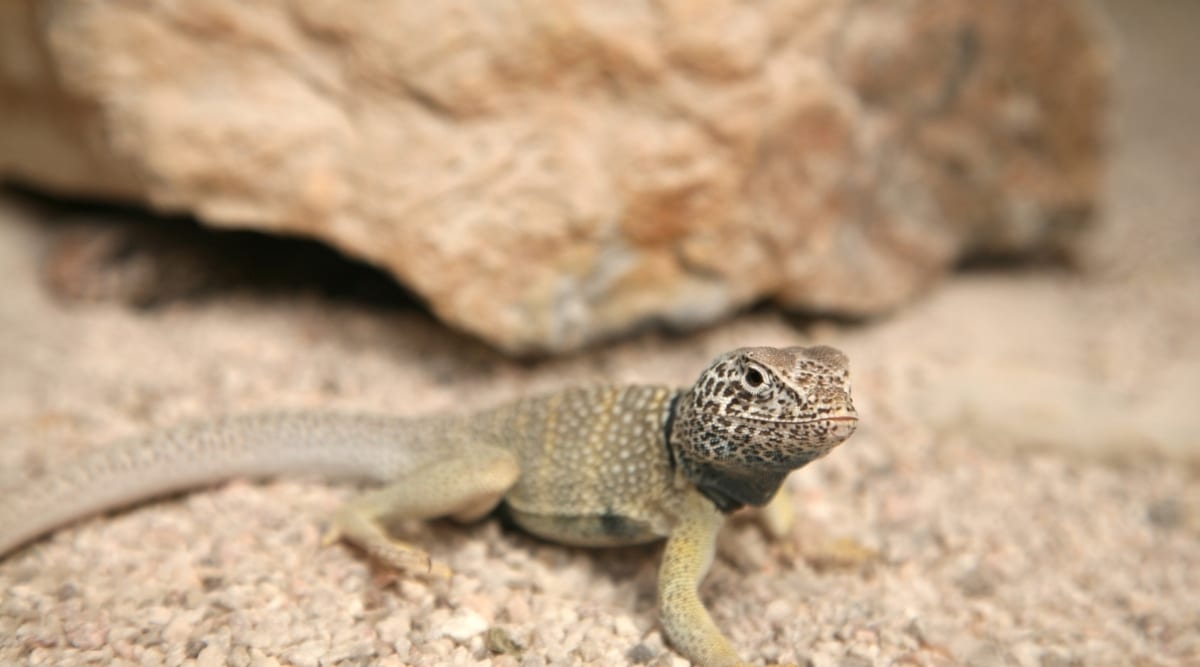
Some species of lizards will gladly eat bed bugs and their larvae if given the chance. But lizards are the least common pest you’ll see around your bed or furniture, so there’s little practical use in keeping them around your home.
With that being said, having lizards live outside your home, can prevent bed bugs from getting into your patio furniture if it has cushions. Lizards will gladly eat them, and can be beneficial to have around your home, as long as they aren’t too big.
Masked Hunters
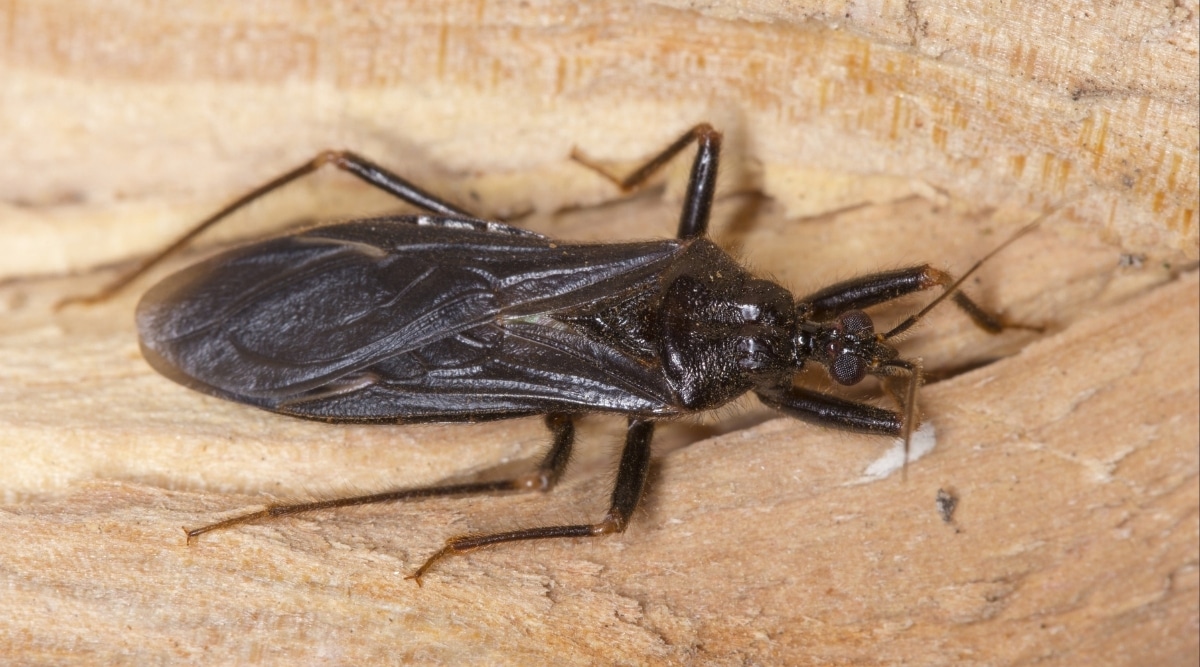
Masked hunter bugs adults primarily eat bed bugs. These interesting-looking insects are very active at night. If you see masked hunters in your home, it usually means you have an infestation.
Unfortunately, masked hunters can also inflict painful bites on humans. This is because of their formidable jaws, which they use both in self-defense and upon food consumption. If you see a Masked hunter around, call your exterminator, or start some natural remedies to get rid of a possible infestation.
Insects That Aren’t Predators
While you may think that most insects can consume bed bugs, this is actually incorrect. In fact, many bugs are strictly herbivores. This includes the insects we’ve listed below.
Grasshoppers
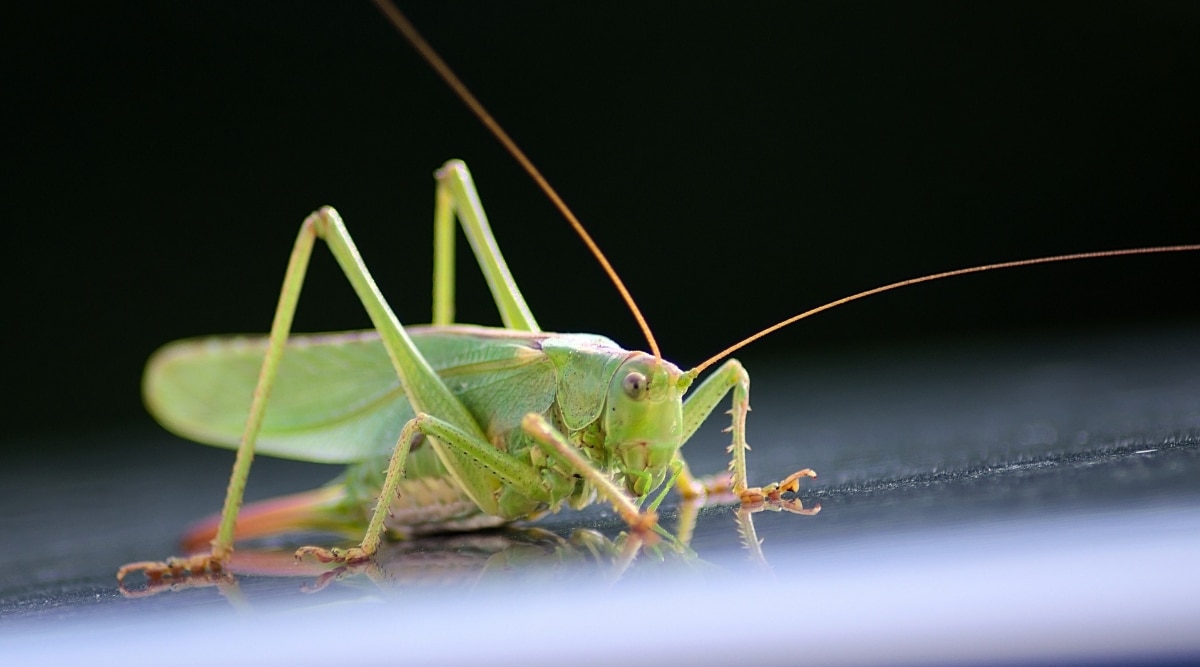
Grasshoppers actually don’t prey on other insects. While they do eat proteins of old animal matter, they are predominantly plant-eaters. So if you see grasshoppers around your home, including your bed and furniture, don’t attribute that to an actual infestation. You may just have a really nice yard, with plenty of plants for them to devour.
Beetles
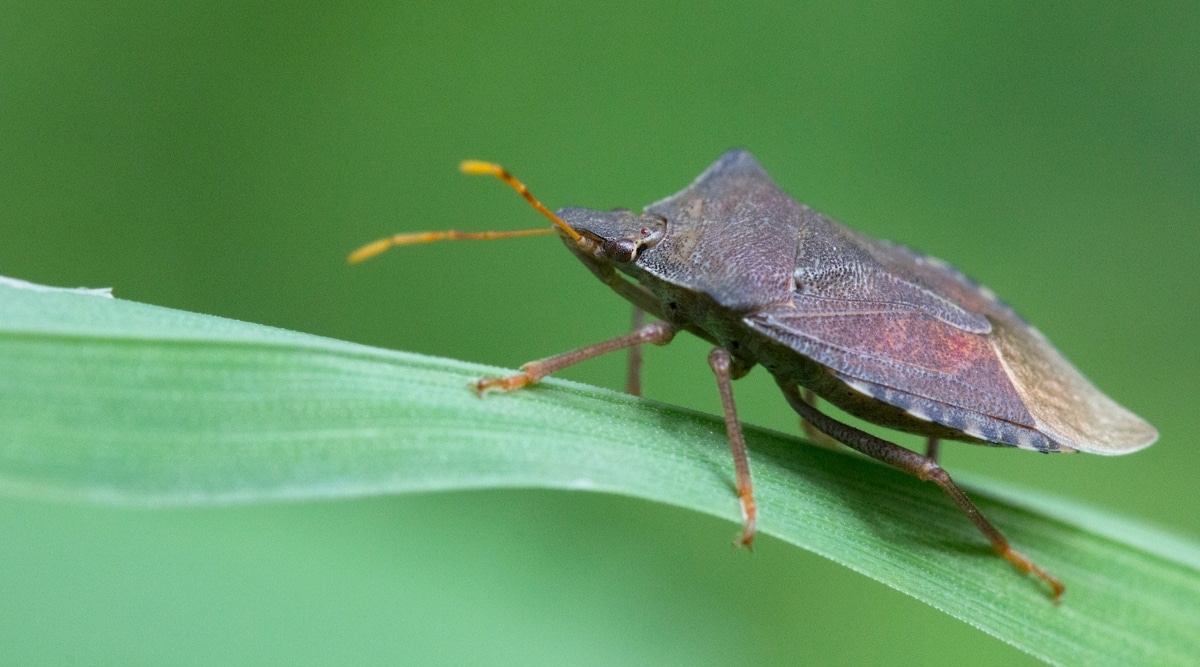
Most beetles are herbivores. So you’ll be more likely to see them in your garden, then around your home looking for bed bugs. There are many different types of beetles, but most of them will stick to plants. Similar to grasshoppers, they may consume old animal matter, but generally, only when it’s a residue left on a plant they want to consume.
Wrap Up
You may be surprised by what eats bed bugs, but it is just another example of predator versus prey. Bed bugs aren’t able to scurry around and hunt for food. Their main food source comes from feeding on human blood.
If you are noticing patterns of other insects flocking toward an area in your home, you need to investigate the cause. You may not find an infestation, but chances are that is the case. Allowing these pests to feed off of the bed bugs is not going to cure the problem.
While it may seem like an easy opportunity to just let the centipedes, cockroaches, and spiders handle the issue, it won’t work. You will still need to exterminate the bed bugs and will probably also kill the growing population of predators feeding on them.
Share this post
Save time and money on pest control
Subscribe to expert DIY pest control tips, pest control product reviews and information.

